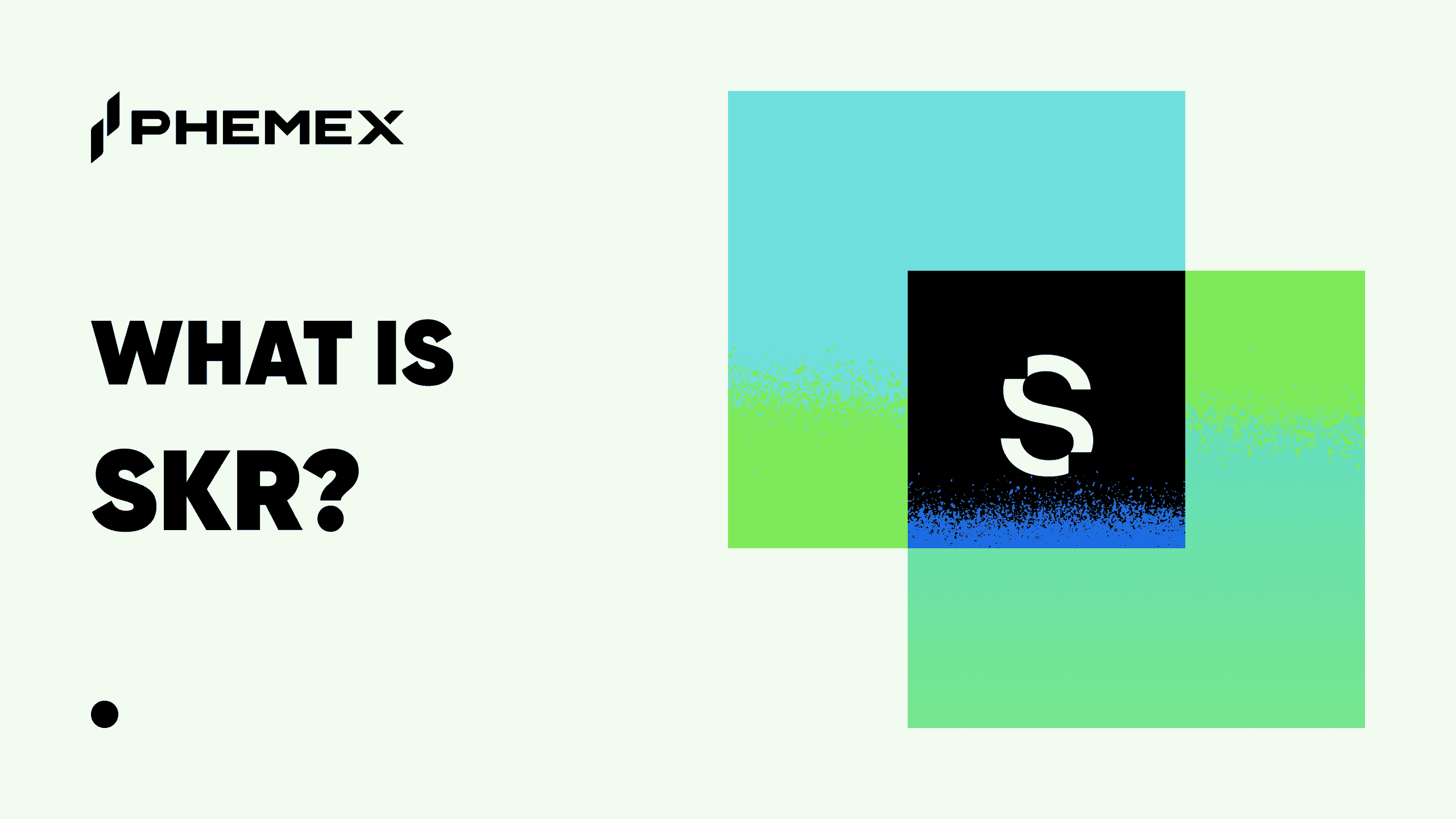The cryptocurrency industry is one with some of the most prevalent change agents, and every new cycle seems to come with multiple new narratives featuring innovative blockchain use cases and buzzwords. Some of these buzzwords eventually fizzle out, while other trends such as DeFi and NFTs sustain to become niche industries within themselves. One of the major new narratives that has gained traction recently is DePIN, or decentralized physical infrastructure networks. This acronym refers to initiatives creating blockchain-based management systems for physical spaces such as marketplaces for real-world data and processing power.
DePIN projects could provide physical infrastructure in the real world for industries like transportation, electricity, and wireless communication using blockchain technology and token rewards. DePINs promote decentralized alternatives to well-known traditional facilities while constructing a reward-based system for providers of crowd-sourced physical infrastructure services. These incentivization systems are driven by cryptocurrencies. It remains to be seen how DePIN as a concept or individual projects within its umbrella will develop over the coming years, but it certainly does offer a potentially lucrative use case for the blockchain and might be a main driver of crypto adoption in the future.

What is DePIN? What Potential does DePIN Unlock
Despite being a hot trend in 2024, the history of DePIN actually began many years ago when venture capitalists at Multicoin Capital sought support for a decentralized physical facility project in 2019. This idea originated from the combination of blockchain technology with IoT (internet of things) platforms. DePINs of today function as a network of providers who offer specific real-world services to users. It leverages the blockchain to document the services provided and facilitate the receipt of rewards in cryptocurrencies, whether on the same blockchain or a different one.
Within the DePIN framework, the blockchain serves an administrative, remittance, and record-keeping function. In an administrative capacity, DePINs establish a permissionless system on the blockchain, enabling anyone with adequate resources to offer services. For remittance, users access services through blockchain-based solutions, and providers receive their rewards in cryptocurrencies. As a record-keeping tool, every action is meticulously recorded on the ledger, often accessible for public viewing.
DePINs have the benefit of versatility because they can find suitable applications across various sectors. This includes crowd-sourced geographical services and advanced infrastructural marketplaces that operate exclusively on the blockchain.

Advantages of DePIN
Equitable Pricing - The pricing structures of DePINs differ significantly from traditional facilities. The pricing model takes into account factors such as the expenses borne by private providers for running their individual facilities and other network-related considerations. Additional charges from the platform are likely to be lower, because the DePIN platform itself doesn't have costs associated with providing these services.
In essence, the pricing model of DePINs is anticipated to be more cost-effective, emphasizing fairness by considering fundamental factors without engaging in unjustified price increases commonly associated with facilities operated by centralized institutions. As a system powered by a community of individuals, DePINs are also more inclined to prioritize affordability in their pricing model compared to corporate entities.
Permissionless Access - Participation in a DePIN is open to everyone. Users can freely access the services offered without negotiations on pricing or undergoing screening processes. Any individual with the necessary infrastructure can establish a provider-side account on a DePIN, similar to the ease of deploying a liquidity pool on a decentralized exchange (DEX) or obtaining a loan from a money market.

Scalability - DePIN enables facilities to enhance their capabilities in a more adaptable manner. Instead of expanding the capacity of each resource, networks can augment the total pie of resources. This flexibility allows facilities constructed within this system to easily scale up or down based on demand. The blockchain can manage the allocation of resources and regulate demands.
During periods of low demand, specific providers may encounter reduced workloads. In times of high demand, the network can reactivate idle resources by adding more instances, thereby boosting the overall network capacity seamlessly. Depending on the available dormant resources and the rationing system of the DePIN, such systems have the potential to scale infinitely.
Incentive Alignment - Incentivization plays a crucial role in DePINs, offering providers the opportunity for either passive or active income, depending on the operational model of the DePIN. Individuals can also establish an income stream of cryptocurrency primarily from engaging with DePINs. Providers earn income from resources that would otherwise remain dormant.
Cost Efficiency - Establishing a DePIN network incurs minimal to no expenses, giving providers with considerable flexibility in the services they offer. Providers, for instance, can allocate their facilities to multiple networks and users can benefit from reasonable pricing for the services they access through the network. DePINs are crafted to provide optimal services at a minimal cost. Furthermore, since DePINs are comparable to industrial DAOs in which everyone in the system controls their own usage and capacity, the costs are likely more palatable to participants within the network.
On-Chain Analysis of DePIN Projects
Helium (HNT)
Within the past month, HNT has surged from $5.52 to above $7. Helium uses a novel Proof of Coverage consensus technique to offer a decentralized wireless network for Internet of Things (IoT) devices. Data transport and network coverage are incentivized through $HNT. The unique way that Helium uses blockchain technology to encourage the development of a wireless network infrastructure is what makes it stand out. Hotspots are physical devices that provide network coverage and allow users to earn rewards. The network depends on individuals hosting these devices. One of the most distinctive aspects of Helium is its Proof-of-Coverage (PoC) consensus mechanism, which verifies the legitimacy and caliber of the network coverage these hotspots offer. Based on on-chain trackers, activity within the Helium network has been on the rise.
Arweave (AR)
Arweave (AR) stands out by providing a permanent and cost-effective data storage solution through its blockchain protocol. The native token, AR, serves as payment for data storage, creating a one-time fee for everlasting data retention. Arweave's distinctive approach to decentralized and permanent data storage, coupled with the utility of the AR token, positions it as a significant player in the DePIN sector.
In 2023, the Arweave ecosystem witnessed substantial growth, evident in its Q3 2023 Ecosystem Map which highlighted over 130 projects. These projects collectively generated 1.28 billion transactions on the blockchain network, with an addition of more than 30 new teams since the close of 2022. Notably diverse, the Arweave ecosystem spans various sectors, including news, publishing, social platforms, education, DeFi, and NFTs.

Internet Computer (ICP)
Internet Computer serves as a decentralized computing platform that offers a holistic alternative to the traditional IT stack. Its objective is to host software, services, and digital assets in a reimagined internet environment. The platform employs an innovative Threshold Relay consensus mechanism, complemented by the Network Nervous System (NNS), to establish a scalable and secure space for decentralized applications. Emphasizing interoperability and high-speed data processing, Internet Computer utilizes its native ICP token for network governance, enabling token holders to vote on upgrades and economics. Additionally, the ICP token serves as payment for computational and storage resources and rewards contributors, including data center operators, for their roles in network maintenance and management.
Significant developments within the Internet Computer ecosystem in 2023 include the incorporation of Websockets for dynamic, real-time application updates. The stable memory expanded to over 100GiBs, so it successfully accommodates complex applications while improving large-scale data management efficiency.
Filecoin (FIL)
Filecoin functions as a decentralized storage network dedicated to safeguarding humanity's most valuable information - data. Users have the opportunity to lease their unused storage space and receive FIL tokens in return. FIL tokens are employed as payment for storage and retrieval services.
The network has experienced substantial growth to boast over 1.7 EiB of data with the support of more than 3,300 storage provider systems. Its token rallied by over 80% in 2023, fueled by the introduction of Filecoin Plus as an optional layer to the core protocol, which offers an alternative path to onboard data and better incentivize storage providers. Other notable milestones in the project’s history include the launch of the Filecoin Virtual Machine on the mainnet, introducing smart contract capabilities and broadening the utility of FIL tokens for creating decentralized applications.

Theta Network (THETA)
As the Youtube of the cryptosphere, Theta Network operates as a decentralized video delivery network utilizing blockchain technology. It distinguishes itself with an innovative approach aimed at enhancing video streaming quality and reducing associated costs. The network optimizes users' spare bandwidth and computing resources, fostering a more efficient video streaming ecosystem. The native token, THETA, plays a multifaceted role within the network, serving purposes such as incentivizing users who share their bandwidth, participating in governance, and acting as a payment method within the ecosystem.
ThetaCon 2023 served as a pivotal event for the Theta Network ecosystem, as it brought together creators, developers, and enthusiasts to celebrate decentralized content delivery with a focus on video, media, and entertainment. At the same time, substantial enhancements were made to the Theta Network API, including the introduction of the Theta Explorer API. This development tool proves invaluable for enterprises, contributing to DeFi and web3 integration by providing improved access to on-chain data. Such technical upgrades have not only increased the network's capacity and transaction speed but have also streamlined the functionality of Theta bridges.
Read More
- What is DePIN & How does it Work?
- DePIN Revisited: Decentralized Infrastructure in 2025
- https://phemex.com/academy/defi
- What Are Decentralized Applications (dapps)?
- Top Crypto Trends Heading into 2025
- Web3, AI, and Crypto Converging to Transform the Internet
- Resurgence of DeFi: LINK, AAVE, and New Developments like HYPE
- Decentralized Science (DeSci) - The Next Big Blockchain Development?








